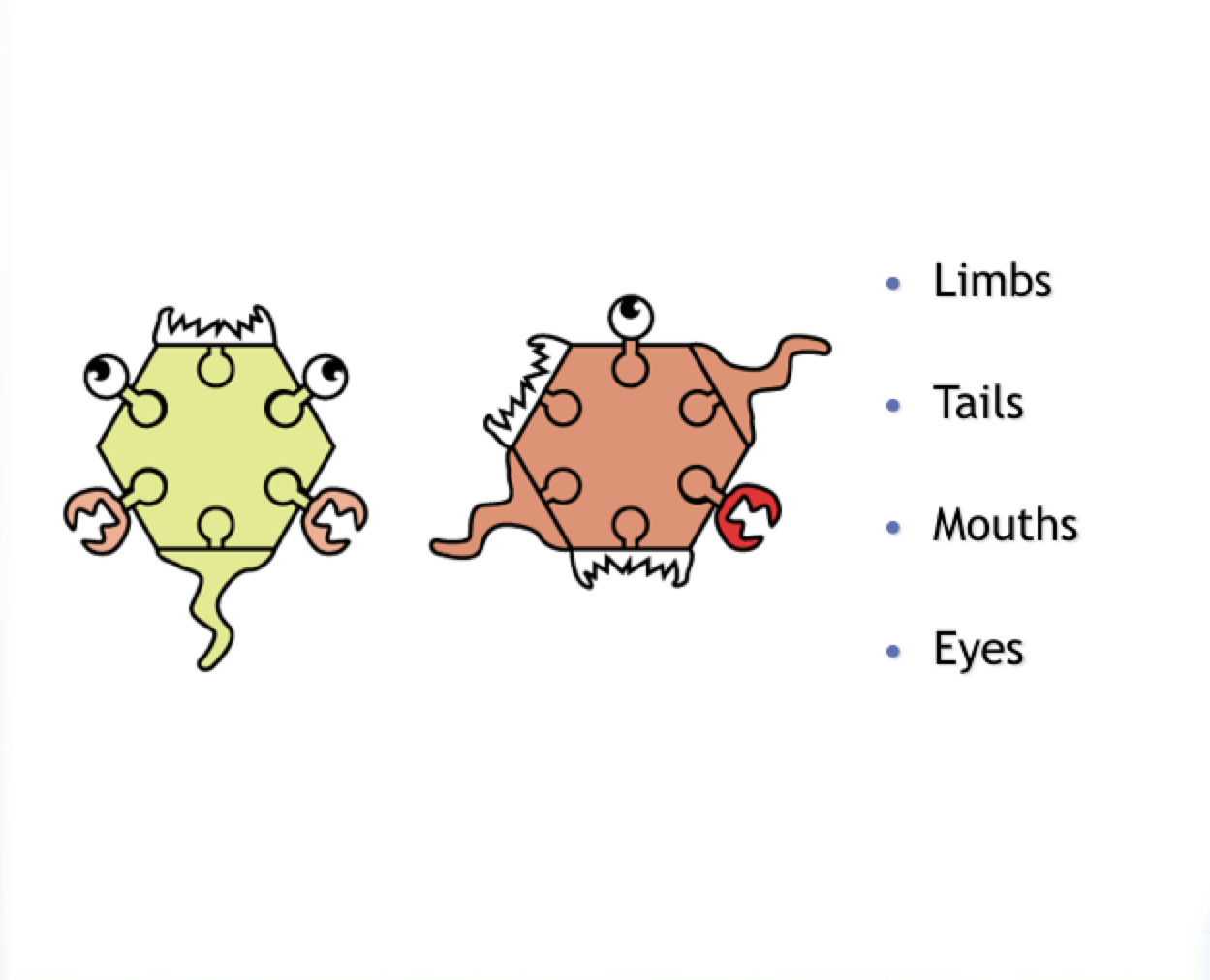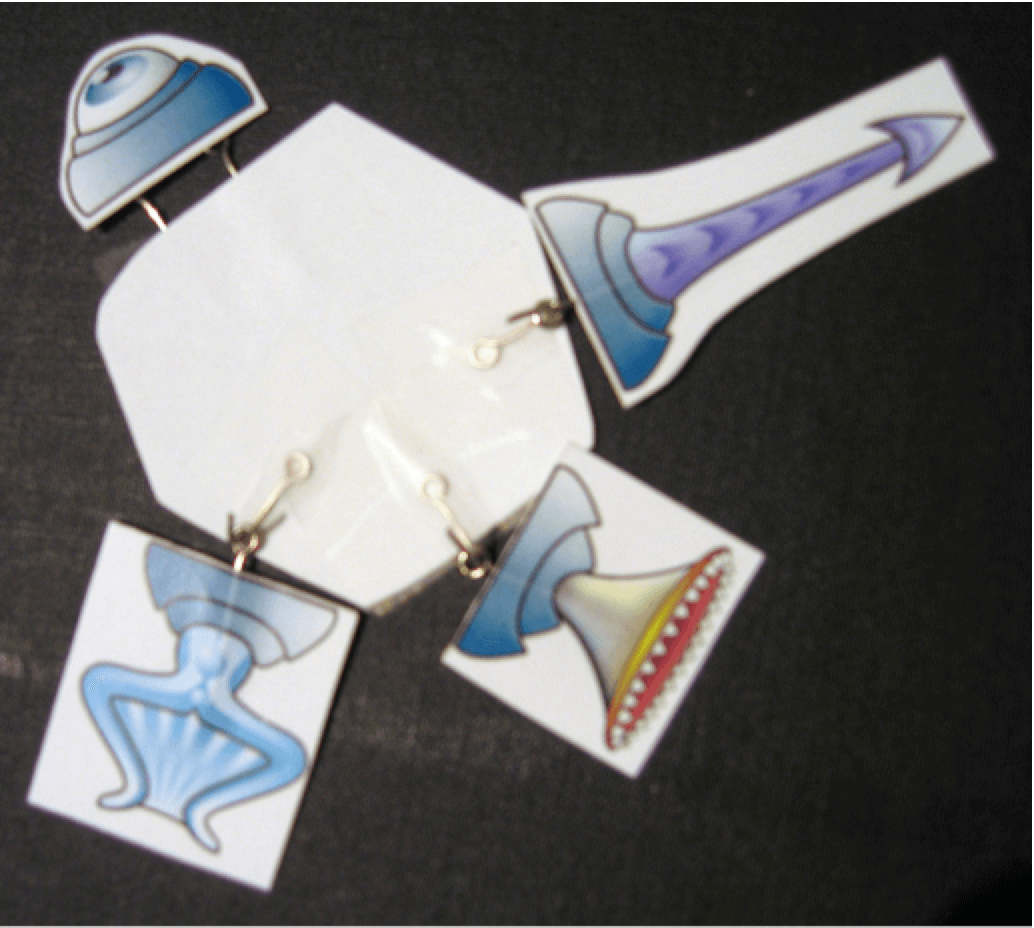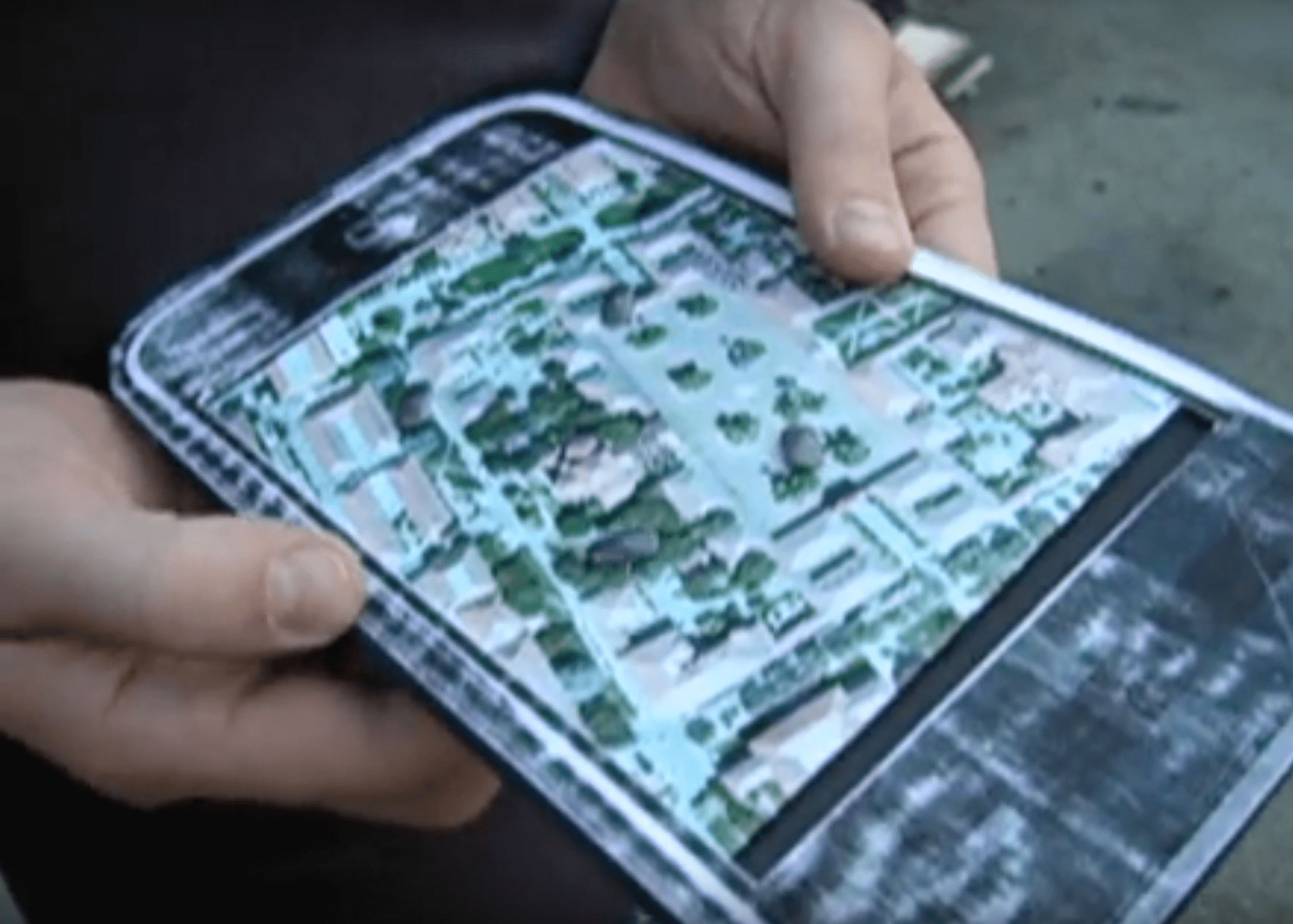Prototype Your Game (Part 1)

Prototyping is a way to create a small playable version of your game without sinking too much time into it’s development. In this post we will show you how to get up and running with prototypes quickly.
Goals
This is a series of posts on prototyping where we will cover
- Why you should prototype
- Paper prototyping
- Wire Frame Prototyping (Part 2)
- Grey Box Prototyping (Part 3)
- Various games that started as prototypes
In this post we’ll be focusing on why you should use prototypes, and introduce paper prototypes.
Why would you want to prototype?
In 2004 I talked to some members of Heavy Iron Studios who gave me an important piece of advice that I remember to this day. “Everyone has an idea for a game. If you want people to take you seriously, make a prototype.”
Prototyping saves you time by allowing you to test your design quickly by putting it in front of real people; money not only because it’s cheap, but also because it prevents you from sinking money into bad ideas; and it communicates your vision to others. While all of these are very good reasons to prototype, the last one may be the most important. In a 2016 Game Developer’s Conference talk the lead designer of the now famous game X-COM recounted that the game design document he produced to explain X-COM was very poorly received and didn’t communicate how the game worked. This resulted in confusion and a flow up meeting where the MicroProse developers asked a lot of questions that the document failed to cover. As Julian Gollop, the lead designer, recalls,
Steve said the document was very poor and if it hadn't been for the fact we had done lazer squad, he would have canceled the project there and then.
- 2016 GDC Talk
Had it not been for that protoype, the would would have missed out a great game, not to mention the excellent 2012 remake. This isn’t a fluke. Several games have been saved by a prototype that accurately conveyed the player experience when game design documents, and presentations didn’t.
This isn’t to say that making a good prototype is easy. Prototyping, like most things, is a process that game designers use make their games better. When you’re prototyping, think of yourself as a scientist and each prototype as an experiment that is meant to discover something about your game. These experiments might be: “Is the core mechanic fun?”, “Will my players understand how to use an item?”, “Is this puzzle too difficult?”, and so on.
Remember, because prototypes are experiments some are bound to fail. That’s ok! It’s better to fail early in the process when you haven’t put in a lot of work than it is to fail after hundreds of hours of programming and creating art assets. A failed prototype also gives you a lot of information about your game, and allows you to make changes to your game that make it better. Really, there are very few downsides (maybe time) to prototyping, and when done correctly it can lead to very positive changes. So with that in mind let’s jump into different approaches to prototyping starting with a paper prototype.
Paper prototyping
Paper prototyping is one of the cheapest and easiest ways to put something in front of players. It requires zero code and can be changed as you test (you can literally draw something if you forgot to add it). The goal with paper prototyping is to turn an idea into something people can actually interact with. Getting something on paper makes you think hard about the game itself.
- Yes, you'll have a menu system, but where is it going to go on the screen? The Top? The bottom? or does a player have to touch a button to show it?
- Yes, the player can walk on an overworld, but how will they do it? Is the movement grid based like classic Pokemon? Hexed based like Civilization? Or do they walk on a map until they encounter enemies like in early final fantasy games?
- Yes, there will be an inventory, but will it be a list like lots of RPGs? Or space based like Leon's briefcase in Resident Evil 4?
You get the picture.
These are the details you need to iron out in order to make your game. Simply drawing out examples will help you make these decisions, and will help you get it in front of another person where you can test it.
Examples
Spore is an ambitions game released in 2008 where players guide a species of their own making through five evolutionary phases: Cell, Creature, Tribe, Civilization, and Space. Spore used paper prototypes to test various mechanics for the first few levels of the game. The designers knew they wanted a system that focused on adaptability and evolution, but didn't quite know how that would look on the screen. To explore this mechanic they first sketched out the general idea: Players would control an organism that could then grow various parts to better adapt to their environment. This helped to identify what parts of the creature would be customizable such as the eyes, limbs, mouth, and tails. Once the mechanic was identified, and paper prototype was produced to see how game would actually work. This prototype consisted of a game board that represented the level, tokens representing power ups, and creatures with interchangeable parts that could be modified by the player. The paper prototype helped the designers to identify which parts of the gameplay were fun (customizability) and helped to turn an initially vague idea into something that people could play.
Paper prototypes are also very good at testing user interfaces. In 2009 I made an AR game for the iPhone/Ipod touch and used paper prototypes to design the interface. To simulate how players would play the game on their devices, my team created a paper prototype of the device itself which could hold various “screens” which were paper mock-ups of the different screens a player would interact with. When we playtested the prototype we would ask participants to perform various tasks like signing in and starting a game. Whenever a player touched a button on the screen, we would swap the screen in prototype with the screen they would see next. By making the prototype bigger than the final device we could also very clearly see what players touched during a playtest.
With enough creativity, you can make a paper prototype for any type of game. So, let’s go through a few more examples using different generes.
Let’s pretend we were going to make a game like Bejeweled. You can imagine that a paper prototype of this could be several pieces of paper with jewels drawn on them that players could then touch and move. The designer would act as the game’s system removing any three items the player matched and then filling the empty spaces with new jewels. You could also prototype a version of Bejeweled using a chessboard and different types of coins or other tokens. In both versions the core of the game stays intact and you get to try out the mechanics with someone else in a short amount of time, and without any art assets or code.
Turn based games like Final Fantasy and Pokemon can also be prototyped with paper. This kind of system would require things like dice to determine the probabilities of some attacks, and pen and paper to keep track of important values like hit points and mana (if your game has those). For RPGs I recommend using various types of dice to simulate different probabilities. Something like Chessex’s Pound-o-dice will keep you swimming in dice for years.
Even first person shooters can be prototyped with pen and paper, though you do have to be a bit creative about it. For a first person shooter, the excellent book on game design The Art of Game Design: A Book of Lenses suggests using a 5 second timer, like a metronome, and a game board (a chessboard for example). The player and the enemies would then be represented by tokens on the game board as would walls and powerups. People playing your game would be allowed to move one space every time the timer ticked and could shoot anything within sight (anything in a straight line from the player). Sure, it wouldn’t feel exactly like a FPS running on your computer, but you could still get a good feeling for the mechanics you’re implementing.
For more examples of converting videogame mechanics into paper prototypes I would recommend checking out boardgames versions of popular games like the X-COM board game (Gameplay video), the Bloodborne Card Game (Gameplay video), or the DOOM board game (Gameplay video).
Challenge: Make a paper prototype
Now that we’ve covered paper prototypes, and have run through some examples, it’s time to make your own. For this challenge, I recommend that you either 1) create a prototype of a game idea you’ve been thinking about, or 2) create a paper prototype of an existing game. The goal of this challenge is to either to make an idea you have concrete by making a physical version of it (if you choose to prototype your own game), or to practice figuring out how to translate a game mechanic into a paper prototype (if you choose to de-make another game).
Recommended tools: Pen, paper, post-its, white boards, sharpies, dry-erase markers, dice, index cards, coins.
Conclusion
Paper prototypes are quick, cheap, and flexible prototypes that help you get an idea in front of a user and helps you test things like UI and gameplay. Some games transer to this format better than others. Twitch games, for example, don’t quite translate onto paper, but it can be done if you get creative. Keep in mind that a fully realized version of you game isn’t what you’re going for here.
Got a prototyping tip you’d like to share? Contact us, connect with us on Facebook, or let us know on Twitter.
Till next time, game on!
Follow Along!
If you like our content, consider joining our Patreon! We host a podcast, post about what we’re currently working on, and share development resources with our subscribers.




